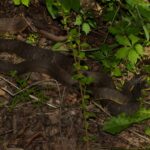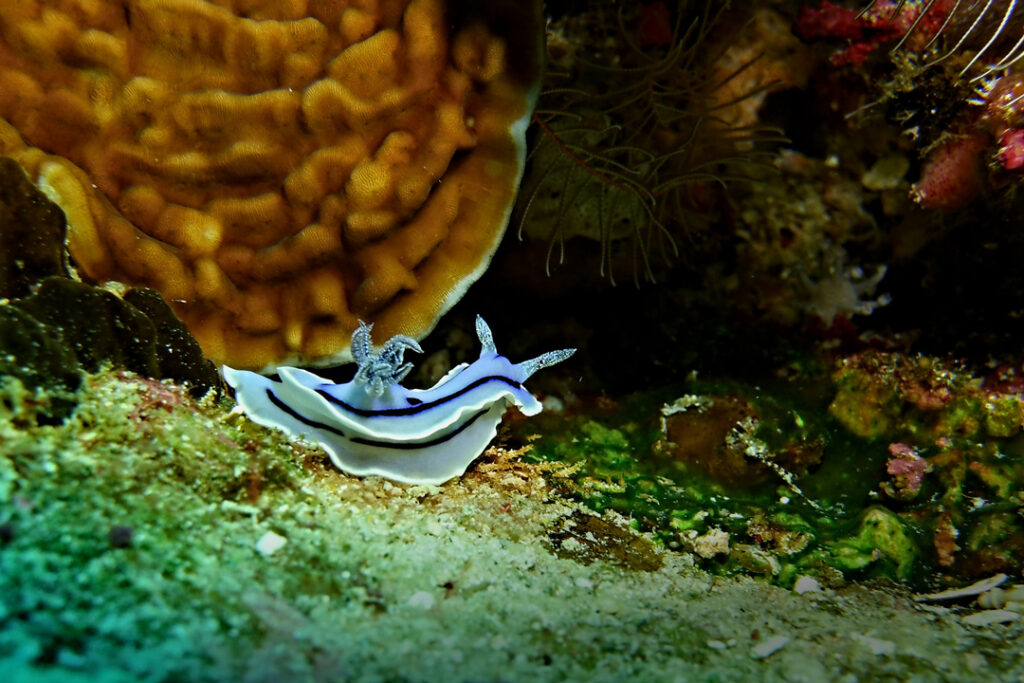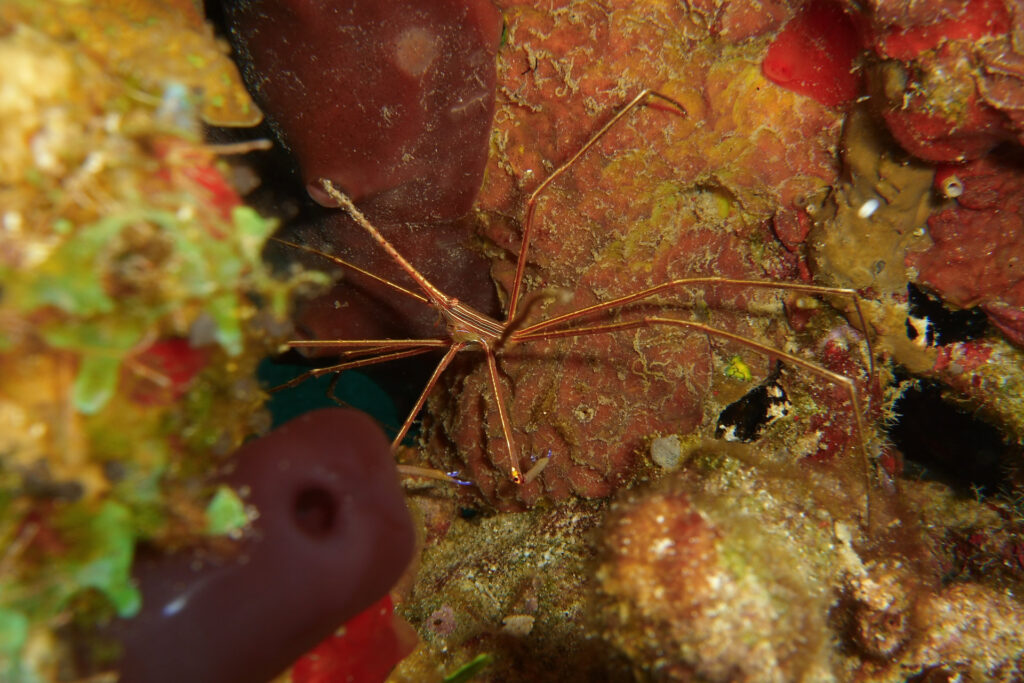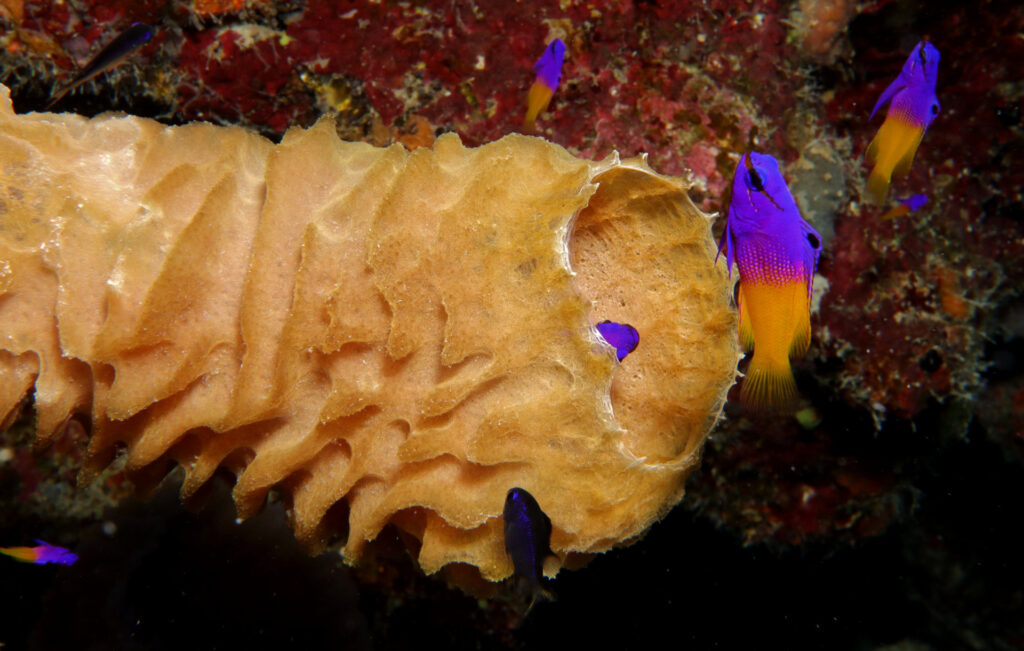The beauty pictured above, and in the gallery below, is a Plain Bellied Water Snake. It lives in and along the shoreline of a small pond at the back of our property. It was a daily visitor this spring when heavy rains over-filled a large pond next door, creating a seasonal creek that runs across the back yard and creates a perfect dining spot for the snakes to lie in wait where the creek runs into the pond.
While this smiling face gliding through the water might cause a panicked clearing of your local swimming hole, the good news is that the vast majority of Oklahoma’s water snakes are nothing to fear. Of our seven water snake species, only the fearsome Cottonmouth is venomous, and their territory is eastern Oklahoma, primarily the southeastern corner. And, it’s easy to see that these are not Cottonmouths.
The Eyes Have It
Shakespeare said the eyes are the window to the soul, but in this case they’re a sign that there’s nothing to fear about this fresh water serpent. Oklahoma’s venomous sakes, including Copperheads, rattlesnakes, and Cottonmouths, are pit vipers with cat-like irises. The harmless water snakes like this one have round irises. But, I’m not suggesting you get close enough to look a snake in the eye. In this case, a 300 mm lens gives us a clear look while letting us keep a safe distance.
The long lens also lets us see that there’s no heat-sensing pit between the nostril and eye, and that the head is small and much less menacing looking than the large, angular head of a viper.
Still, while this one isn’t venomous, it can deliver a painful bite if threatened. It’s always a good practice to stay on paths and watch where you step.
More often than not, any snakes in the area will know you’re near and stay out of sight. If you are lucky enough to spot one, just view from a distance. And, use a long lens if want to get a good shot and a closer look.








